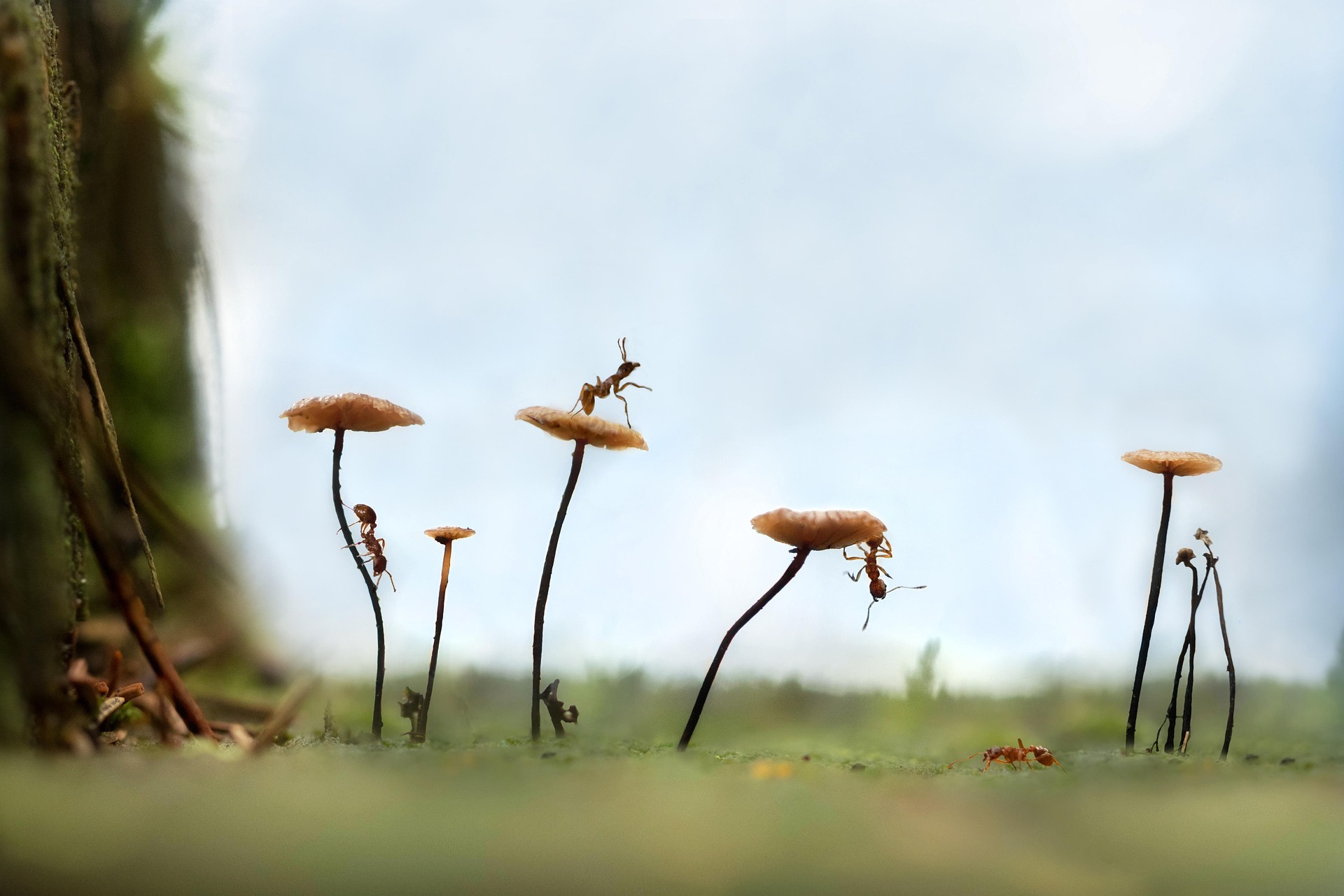Invisible creatures quietly 'capture' Earth: Scientists discover secret
 Scientists have named a creature that has already quietly taken over the Earth (photo: Getty Images)
Scientists have named a creature that has already quietly taken over the Earth (photo: Getty Images)
Scientists have recently made a discovery that has forced them to rethink the role of different creatures on our planet. We are used to the idea that the most powerful representatives of the Earth are mammals or humans, but new research shows that a creature invisible to us has actually "taken over" the planet, changing the balance in the natural world.
RBC-Ukraine tells what kind of creature it is and how it has changed the Earth, citing a study published by the Proceedings of the National Academy of Sciences.
Biologists decided to calculate how many ants live on Earth. And the findings of the study shocked the entire scientific community, because there are many more of these insects on our planet than humans and mammals.
German researchers from the Julius Maximilian University in Würzburg, Sabine Nooten and Patrick Schultheiss, analyzed 489 studies of ground and tree ants to create a large database of their global population. And they came up with some stunning data.
Nooten says that they estimate that the global ant population is 20 to 15 to the power of 15, which is 20 quadrillion animals. That's 20 with 15 zeros, a number that's hard to understand and estimate.
The total mass of insects is also impressive, because according to Schultheis, the total number of ants exceeds the combined biomass of wild birds and mammals and corresponds to about 20% of the biomass of humankind.
At the same time, there are about 22,000 ants known to science on the planet. Ant colonies rely on collective activity and swarm intelligence.
 The number of ants on Earth shocked researchers (photo: pixabay.com)
The number of ants on Earth shocked researchers (photo: pixabay.com)
These small creatures can create complex networks of paths, use their bodies as bridges, and grow mushrooms or aphids. Some colonies even outperform humans in certain cooperative cognitive tasks.
Ants prefer tropical and subtropical climates and live in forests, deserts, and fields. They transfer soil, move seeds, and change their environment. Ants move up to 13 tons of soil mass per hectare per year, and these movements help maintain the nutrient cycle.
Ants can also use decomposing materials to increase soil fertility and spread the seeds of some plants far beyond the reach of the mother plant.
But not all ants are good for the environment. Some species, such as fire ants, can be harmful to native species. They displace other species, and this has a negative impact on the ecological balance.
Climate change affects these creatures and their distribution, and can change their ranges and lead to unpredictable consequences.
According to scientists, understanding the number of ants and their role in ecosystems is important for developing strategies for conservation, pest control, and environmental restoration.
Ants are hardly visible, but they play an extremely important role in the functioning of our planet.

